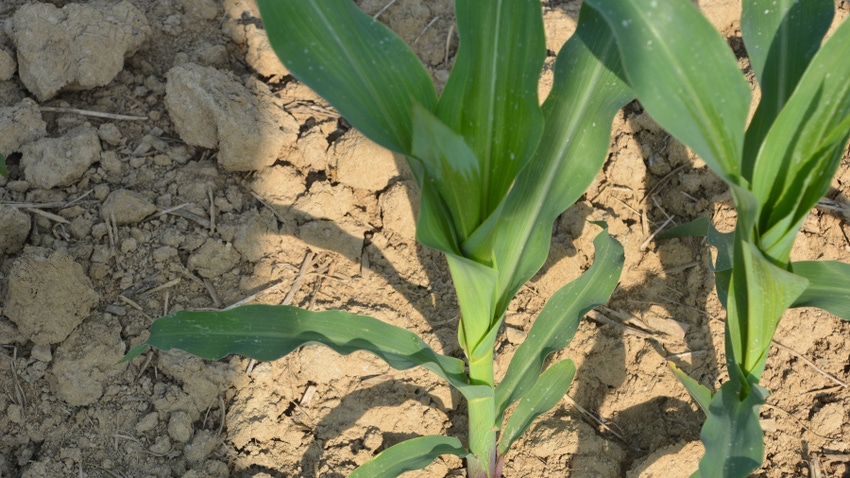
There are at least four good reasons why you should learn how to stage corn growth correctly. Once you know how to do this, apply the skill to track each field during the entire growing season.
“You can make more informed management decisions all season long if you know how to determine growth stages of corn,” says Dave Nanda, director of genetics for Seed Genetics Direct, sponsor of Corn Watch ’23. “By knowing how to stage corn the same way plant breeders, researchers and agronomists do, you can better understand their recommendations for when you should apply inputs or make other decisions during the growing season.”
Here are four reasons for knowing how to stage corn growth, according to Nanda:
1. To know if herbicide or other input applications are still on label. Some herbicides set the upper limit for application based on growth stage of corn. Some may refer to corn height, but others may refer to growth stages, like V5 or V7.
2. To know when to pull tissue tests. Agronomists usually recommend taking your first tissue sample of the season at V5. If you pull too early, the results may not be as reliable, but if you pull later, it may be past optimal time to add foliar nutrients. The alternative is to apply before you have information on actual nutrient levels within the crop, Nanda notes.
3. To know when nitrogen was applied. There is no cutoff for applying nitrogen, but it makes sense to record something like “‘growth stage when applied” so you can make comparisons between fields and between years based on when midseason nitrogen was applied.
4. To know when to apply fungicides. Continuing to determine growth stage during the season is important, Nanda says. Effectiveness of the application may hinge on whether it is applied at VT, R1 or R2. Other factors may also determine the best time to apply fungicides on corn.
Staging young corn
The Purdue Corn & Soybean Field Guide provides useful information for learning how to stage corn, Nanda says. Here are tips from the guide that apply to staging young corn during the early part of the growing season.
Start with first true leaf. Nearly all agronomists use the leaf collar method vs. the droopy leaf method often used by hail insurance adjustors. This description is based on the leaf collar method. The first leaf to count nearest to the surface in young corn is the first true leaf. Its tip is slightly rounded compared to leaves that emerge after it.
Count each leaf with a collar. The Purdue guide defines a leaf collar as the light green to slightly yellow band that appears near the stem of the plant at the junction of the leaf blade and leaf sheath. If the next leaf up the stalk has a visible collar, it counts. If not, ignore it.
Note time of day. If counting in the early morning and a collar is barely visible, the Purdue guide suggests counting it as a collar. If counting late in the day, do not count hard-to-discern collars.
Determine number of leaves with collars. If there are four leaves with collars exposed, then it is V4 corn. If there are five collars, then it’s V5 corn.
About the Author(s)
You May Also Like




